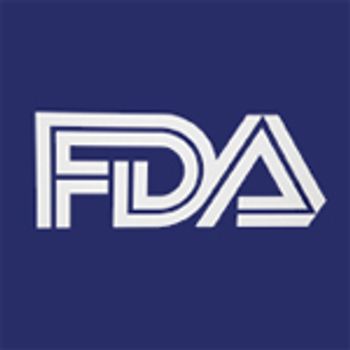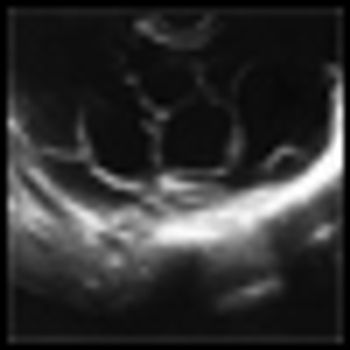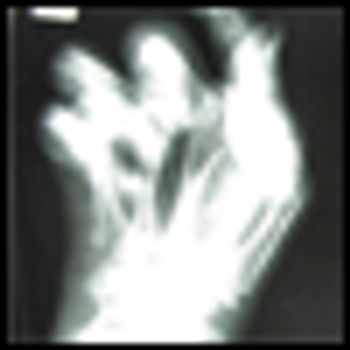
All News




References:1. YERVOY package insert. Princeton, NJ: Bristol-Myers Squibb; 2011.2. Hodi FS, O'Day SJ, McDermott DF, et al. Improved survival with ipilimumab in patients with metastatic melanoma. N Engl J Med.2010;363(8);711-723.

References: 1. YERVOY package insert. Princeton, NJ: Bristol-Myers Squibb; 2011. 2. Hodi FS, O'Day SJ, McDermott DF, et al. Improved survival with ipilimumab in patients with metastatic melanoma. N Engl J Med. 2010;363(8);711-723. 3. Wolchock JD, Weber JS, Hamid O, et al, Ipilimumab efficacy and safety in patients with advanced melanoma: a retrspective analysis of HLA subtype from four trials. Cancer Immun. 2010;10:9-14. 4. Data on file. YERV 008. Bristol-Myers Squibb. Princeton, NJ April 2011.

The family of a young woman with a brainstem glioma has been haranguing her physician to continue bevacizumab treatment despite a significant decline in her functional status. How to respond?

In this podcast we discuss the long-term effects of chemotherapy on the cognitive function of cancer patients and the current status of research in this field.

The FDA has approved an ultrasound device shown to be capable of detecting small masses in dense breasts. The device is indicated for use in combination with mammography for breast cancer screening.

In updated guidelines, the USPSTF concludes that there is still no adequate evidence of a mortality benefit from routine ovarian cancer screening using transvaginal ultrasonography or CA-125 testing.


The AICR, noted for its investigation of links between lifestyle and cancer, has released a free digital book for cancer patients and survivors, with current, evidence-based advice on managing diet and activity during and after treatment.

WARNING: IMMUNE-MEDIATED ADVERSE REACTIONS YERVOY (ipilimumab) can result in severe and fatal immune-mediated adverse reactions due to T-cell activation and proliferation. These immune-mediated reactions may involve any organ system; however, the most common severe immune-mediated adverse reactions are enterocolitis, hepatitis, dermatitis (including toxic epidermal necrolysis), neuropathy, and endocrinopathy. The majority of these immune-mediated reactions initially manifested during treatment; however, a minority occurred weeks to months after discontinuation of YERVOY. Assess patients for signs and symptoms of enterocolitis, dermatitis, neuropathy and endocrinopathy and evaluate clinical chemistries including liver function tests (LFTs) and thyroid function tests at baseline and before each dose. Permanently discontinue YERVOY and initiate systemic high-dose corticosteroid therapy for severe immune-mediated reactions.





#wrapper { font-family: Arial, Helvetica, sans-serif; font-size: 12px; font-style: normal; background-color: #F2F2F2; width: 960px; padding: 10px 25px 0px 25px;}#isi {margin-left: 300px;}#logo {float: left;}#isi .header{color:#FF9900; font-weight: bold;}#isi-large ul {list-style type: none;}#isi-large li {background: url(dot_list.gif) no-repeat scroll 0.6em transparent; margin: 2;}#isi-large li ul li {background: url(second_liststyle.gif) no-repeat scroll 0.6em transparent; margin: 2; list-style type: none;}#isi-large .text-bold {color:#51626f; font-size: 11px ; font-weight: bold;}#isi-large .text {color:#51626f; font-size: 11px ;}#isi-large .header {color:#e24912; font-size: 12px ; font-weight: bold;}#isi .sub-header{font-weight: bold;}#isi .text{font-size: 12px;}#nav .text{color:#FFFFFF; font-size: 12px ; font-weight: bold;}#nav .text-orange{color:#e24912; font-size: 12px ; font-weight: bold;}#nav .arrow-orange{color:#e24912; font-size: 12px; font-weight: bold;}#nav .arrow-black{color:#000000; font-size: 12px; font-weight: bold;}#isibottom {font-weight: bold; font-size: 13px ;}#content-wrapper {width: 100%; clear:both; background: #fff;}

Cancer Network presents exclusive coverage from the annual American Society of Clinical Oncology (ASCO) Breast Cancer Symposium. Check out the stories below for write-ups of the most important information to come out of this year's event.

Researchers have concluded after a large meta-analysis of trials involving more than 29,000 patients that patients taking currently available biologic therapies for rheumatoid arthritis (RA) are not at increased risk of cancer.

Given their greater convenience and, in most cases, decreased costs, APBI and AWBI are becoming increasingly popular alternatives to conventional WBI for early-stage breast cancer patients who desire BCT. However, given the protracted time to local recurrence and complications following BCT, definitive results from randomized clinical trials comparing conventional WBI vs AWBI or APBI are limited.


You are about to leave the Advancing Science, Advancing Care Infosite and view another Ph+ CML resource sponsored by Novartis Pharmaceuticals Corporation.

For appropriate older women screening provides a benefit in this age group by identifying early-stage breast cancer.

We presented an interactive session entitled “Using Social Media in Oncology for Education and Patient Engagement” at the American Society of Clinical Oncology (ASCO) 2012 Annual Meeting. This article summarizes the points made in those presentations.

In this review we will discuss how to evaluate older breast cancer patients, including estimating survival, defining functional limitations, and providing guidelines for optimal adjuvant therapies.



You are about to leave the Advancing Science, Advancing Care Infosite and view another Ph+ CML resource sponsored by Novartis Pharmaceuticals Corporation.



